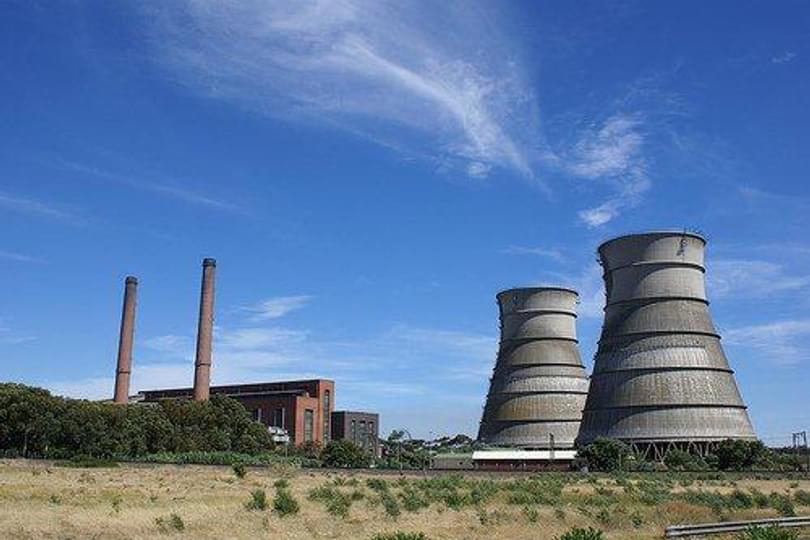
In a debate in the New York Times ahead of an expected announcement by Barack Obama on state cap-and-trade programmes, Professor Myles Allen, Co-Director of the Oxford Martin Programme on Resource Stewardship, has called for carbon capture to be made mandatory instead.
President Obama is expected to say today that the plan will cut carbon emissions from power plants by up to 30 per cent. The New York Times says the cap-and-trade approach requires industries to have marketable permits to emit greenhouse gases, and that reducing the permits would increase their price, lower emissions and stimulate innovation. The efficacy of such schemes, however, is often criticised, it adds.
In his contribution to 'Can the Market Stave Off Global Warming?', Professor Allen says the President should not use cap-and-trade, and instead require an increasing proportion of carbon emissions to be captured rather than released into the atmosphere.
He writes: "There are proven ways of extracting fossil energy without polluting the atmosphere: you have to capture the carbon dioxide it generates, or an equivalent amount from elsewhere, and dispose of it by re-injecting underground or even 're-mineralizing' - turning it back into rock.
"Of course, this comes at a price. Carbon capture is expensive, so modest carbon taxes or emission caps do absolutely nothing to promote it: they just make climate policy unpopular. Ultimately, the only way we will solve climate change is by making carbon capture mandatory. If we rely on a slowly rising carbon price or slowly declining emission cap, the best possible scenario is a headlong rush to carbon capture sometime in the 2050s, no doubt paid for by the long-suffering taxpayers of that time. It would be much safer to phase it in gradually by requiring the fossil fuel industry to start sequestering a fraction of the carbon they extract right away."
Other contributors to the debate include Professor Robert N. Stavins of Harvard University, and Mary D. Nichols, Chairwoman of the California Air Resources Board.